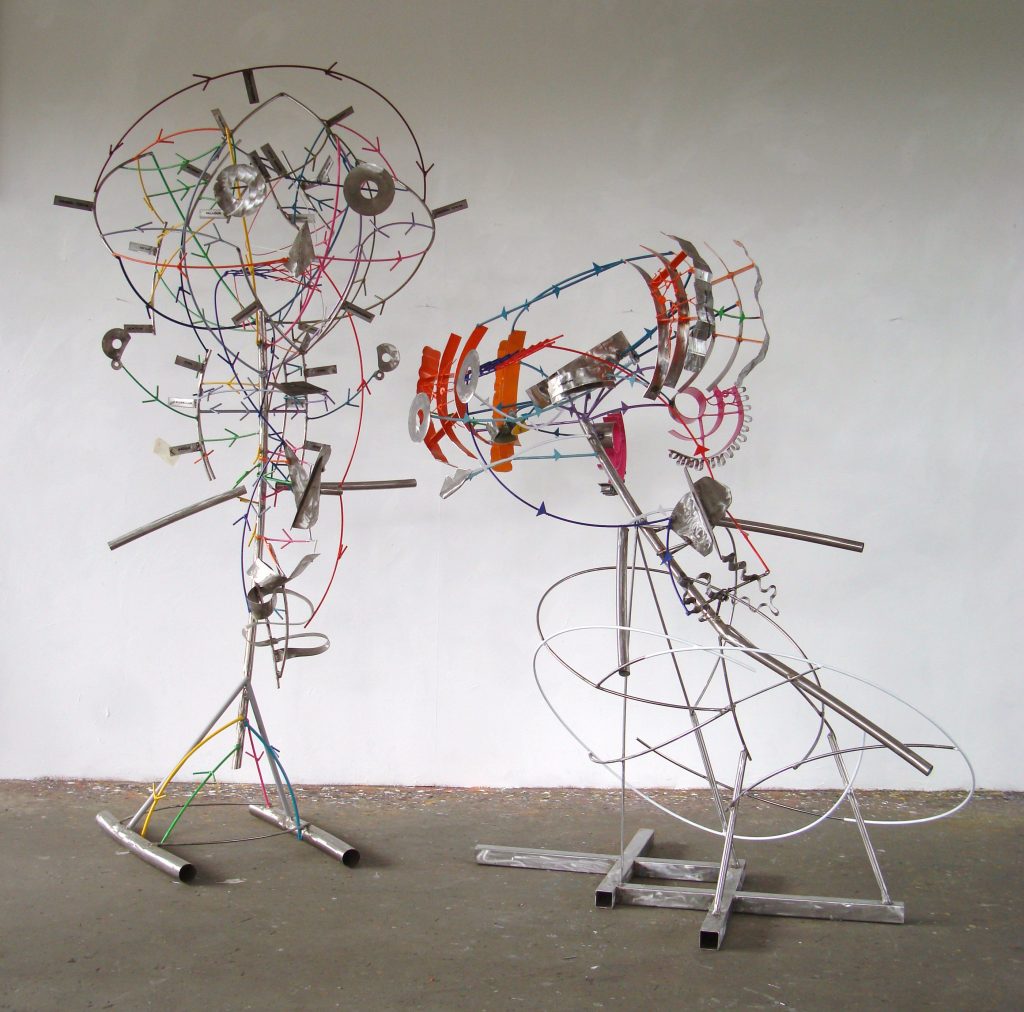Published: 1 December 2020
Time to heal: the pharmacological effects of the arts
Arts-based therapies in the form of arts therapy, bibliotherapy and creative writing have long been recognised by medical professionals as providing beneficial healing effects.
Like much of the digital transformation we are currently experiencing, not everyone benefits from working remotely under Covid-19 restrictions. For anyone yet to establish a foothold in employment, those in traditional customer-facing service jobs, older workers, or those who simply struggle without physical workplace interaction, Covid-19 may amplify the social, economic and political impact of digital divides between the established or digitally well-positioned, and the great many others who are increasingly marginalized.
Artsformation, offers a timely investigation of the potential of the arts in transforming society to become more inclusive and sustainable in response to digital challenges such as that posed by the current pandemic. As part of the project, our recently published a report, ‘The Role of the Arts in the Digital Transformation’, surveys ways that the arts and artists are found to have transformative potential. The report also offers a more focused examination of the ways that the arts can act as cure against the ills of digital society. We return to this idea, but the metaphor of a medicine or tonic is a useful one in understanding the arts’ transformative potential.
The ease, attraction, and sometimes addiction to the screen-based interaction is undeniable, yet it is also common to experience a sense of an absence in digital space. More broadly, loss of face-to-face relations, individualism, and instrumentalized rationality are associated with digital disenchantment. Countering this force, the arts offer to re-enchant our relation to digital society by asking us to imagine the world without conclusion, and to present new modes of action within existing reality.
Marina Abramovic’s, 2010 performative work, The Artist Is Present, provides an example of this. Absent any technologies other than two chairs and a desk, Abramovic invited strangers to sit in front of her in silent eye contact. The artwork functions to reposition social interaction in a way that disrupts established norms and create space for recalibrating our understanding of communication, or even what is special to be human. It’s not hard to imagine a contemporary version of this performance might involve the artist silently holding a stranger’s uncovered hand.
In our report, we identify four main branches to how the arts’ curative potential is put in action:
- Firstly, the arts can be curative when they re-enchant that which lacks or has lost its sense of wonder. Mio Loclair’s Narcissus, an installation of a machine that employs self-learning technologies to make sense of its own mirrored image, illustrates how artistic provocation of technology’s humanness can be one method for re-enchanting.
- The arts may also cure by facilitating care practices. For example, arts hacker and maker communities can resist individualised modes of production and consumption that may otherwise undermine traditional relational structures.
- Thirdly, the arts can cure by offering imaginative solutions to societal, organizational and technical problems. This can be the outcome of the arts’ open experimental quality, as illustrated by artist Fré Ilgen’s experience of working with an expert in virtual reality systems. “The expert thought that without walls, I would lose my sense of direction. You don’t. Who cares about gravity in virtual reality?”
- Fourthly, the arts are curative when they stimulate our critical capabilities to live a life well and to achieve collective wellbeing. For example, The Glass Room, a series of pop-up exhibitions and workshops originally initiated by Berlin-based Tactical Tech, invites audiences to critically explore the impact of digital technologies on society with a view to mitigating its effects.
For policymakers, corporate leaders, social services, or others looking for solutions to societal problems related to digital transformation, it is all too easy to take a blinkered view of the transformative role the arts may play. Which is to say, it is easy to promote the ways by which art can be transformative for society’s betterment. In the same tradition as Adorno’s condemnation of the detrimental effects of art produced by the ‘culture industry’, it is also important to draw attention to the arts potential for negative societal effects. Arts that entertain by reproducing homogenized social relations or which limit critical thought to maximize audiences can have an impoverishing social impact. French philosopher Bernard Stiegler describes the arts as a ‘pharmakon’ or drug to capture the idea that the arts may be at once remedy and poison. Our survey identifies significant potential for arts-based transformation, but that we must take note of several challenges – the negative aspect of the pharmakon being one of them.
Moving into our 10-month of increasingly screen-based interactions, a period where a host of digital challenges have been laid bare, the arts’ soothing and curative properties are as relevant as ever. As we’ve begun to address in our first report, ‘The Role of the Arts in the Digital Transformation’, the challenge is understanding processes and mechanisms by which the arts transform and whether this knowledge can facilitate the arts to play a greater role in transformation of digital society. In context of the current pandemic, the risk of tapping the transformative potential of the arts seems one well worth taking.


